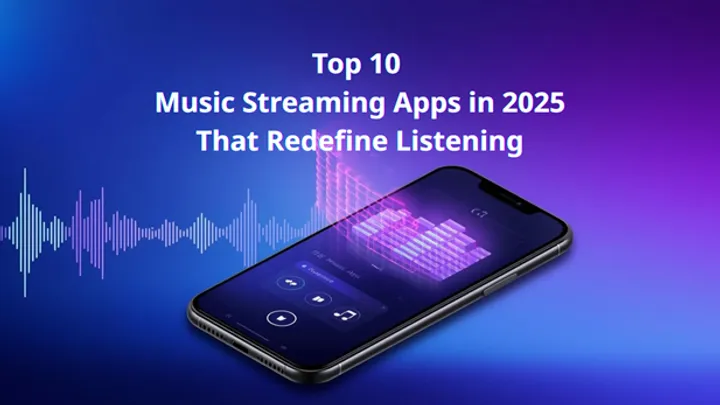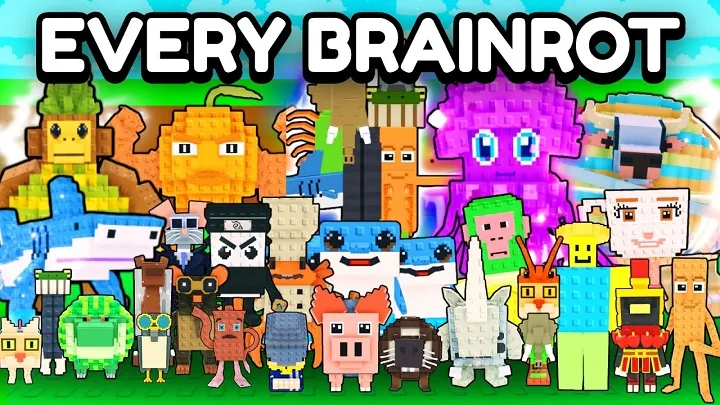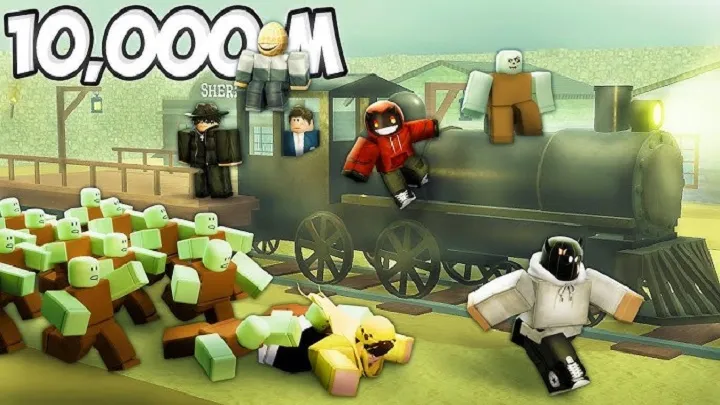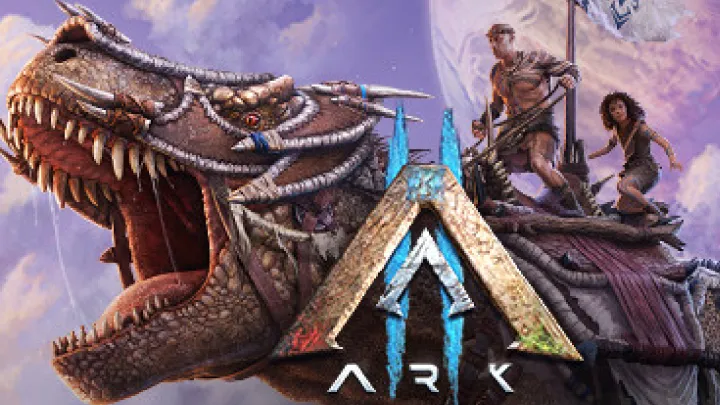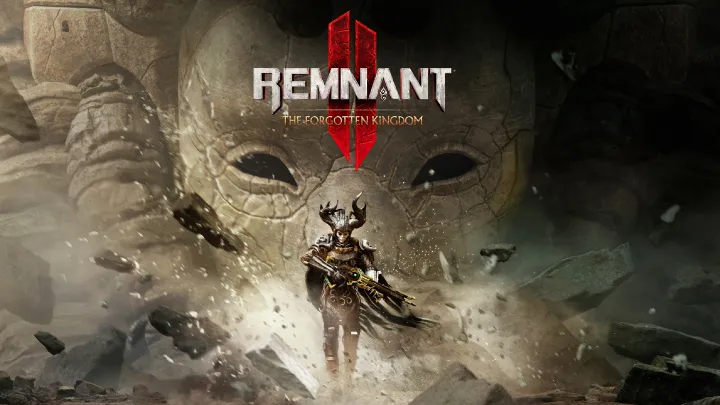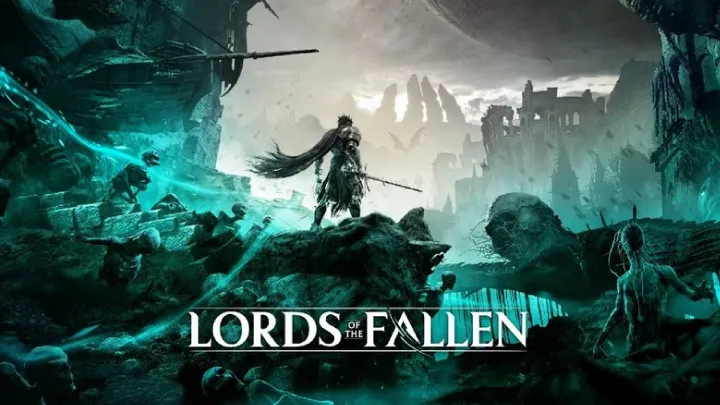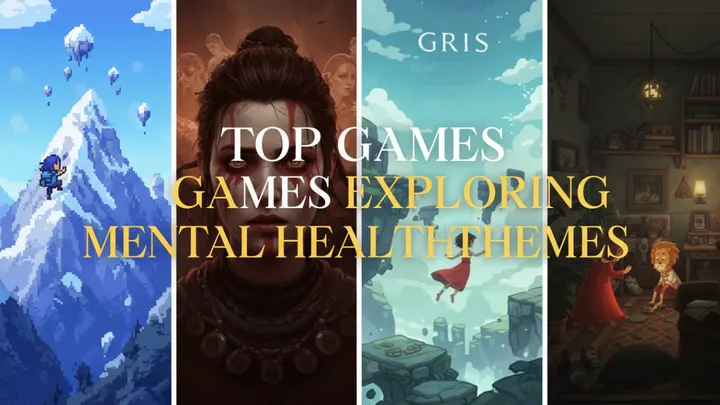Gorilla Tag is not just a VR movement game—it is a social experiment disguised as chaotic fun. Stripped of complex mechanics and weapons, it instead thrives on human interaction, creativity, and emergent behavior within its virtual jungle. Unlike most VR titles that focus on immersive single-player adventures or structured multiplayer competition, Gorilla Tag relies almost entirely on players to generate the fun. This makes social dynamics—how players communicate, collaborate, and compete—the true backbone of the game.
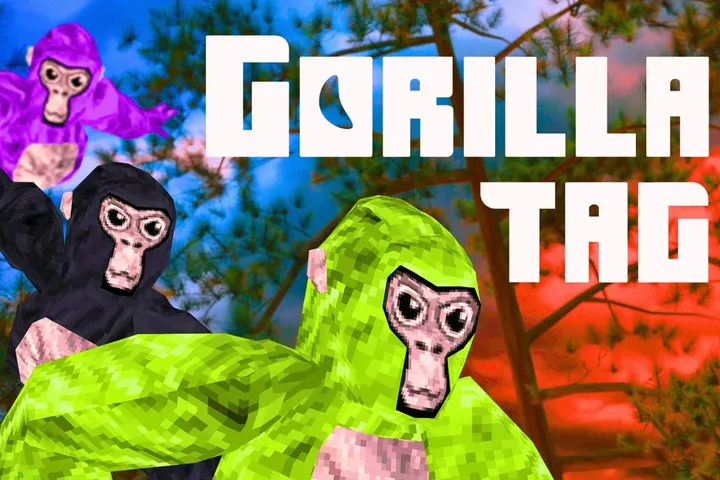
In this article, we’ll explore the social side of Gorilla Tag in depth. From the origins of unspoken rules to the rise of roleplay communities, the discussion will track the evolution of its social fabric over time, showing how a seemingly simple VR game has become a case study in digital sociology.
The Foundation of Gorilla Tag’s Social Design
At its core, Gorilla Tag’s design removes barriers that typically structure social interaction. No menus, no lobbies, no complicated rules—just gorillas running, climbing, and tagging. This open design places all responsibility for interaction on players themselves.
Without forced objectives beyond the tag mechanic, players are free to invent their own social norms. Some gravitate toward competitive play, while others invent games within the game. The lack of constraints is exactly what makes its social framework so vibrant and unpredictable.
The Emergence of Informal Rules
Early Gorilla Tag lobbies quickly developed unspoken rules. For example, “safe zones” were sometimes declared in corners of the map, where players could rest without being tagged. Other times, etiquette around camping or spawn-chasing became contentious topics, sparking debates in the community.
These informal rules functioned as a form of digital law, with social enforcement from players themselves. If someone broke etiquette, they might face ridicule, exclusion, or group retaliation. This created an early culture of self-governance rarely seen in competitive VR titles.
Role of Voice Communication in Social Bonds
Because Gorilla Tag requires physical movement but leaves communication wide open through voice chat, the game emphasizes verbal interaction as a key part of its identity. Players form instant bonds, rivalries, and even friendships mid-game.
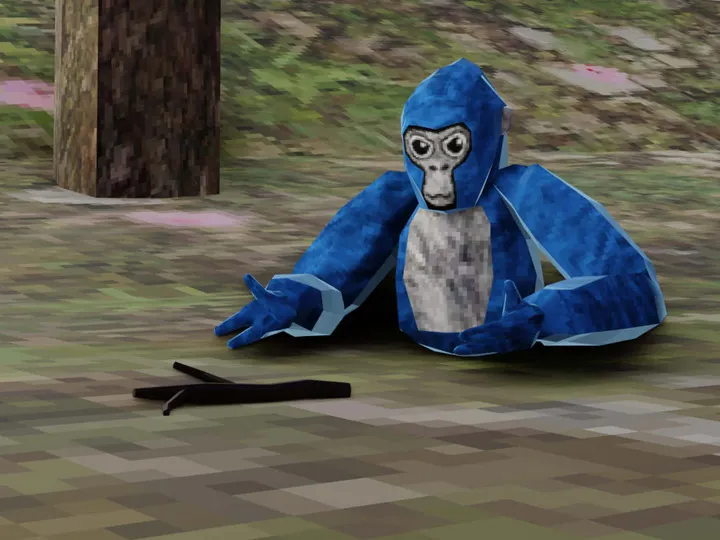
Key Aspects of Voice-Based Dynamics
- Immediate Feedback: Players can negotiate or argue in real time.
- Emotional Expression: VR spatial audio captures tone, making conversations feel authentic.
- Community Building: Groups naturally form around personalities and shared goals.
This constant flow of communication makes Gorilla Tag more like a playground than a structured competition.
Competitive Hierarchies in Play
Even without ranks or leaderboards, Gorilla Tag organically develops hierarchies. Faster, more skilled players often become temporary “alphas” in lobbies, commanding attention or setting the pace of the game.
These hierarchies can inspire admiration but also frustration. Newer players may struggle against advanced climbers, leading to divides between casual and competitive communities. Yet this natural hierarchy also drives learning, as beginners mimic the techniques of veterans to improve.
The Rise of Roleplay and Creative Communities
Over time, players began bending Gorilla Tag beyond its intended tag-based structure. Roleplay communities emerged, treating the VR jungle as a stage for storytelling. Popular modes included “monkey school,” “police and robbers,” or even complex lore-driven narratives.
This creativity demonstrates how Gorilla Tag functions less as a single game and more as a sandbox for social imagination. The roleplay culture expanded its audience, attracting players more interested in interaction than raw competition.
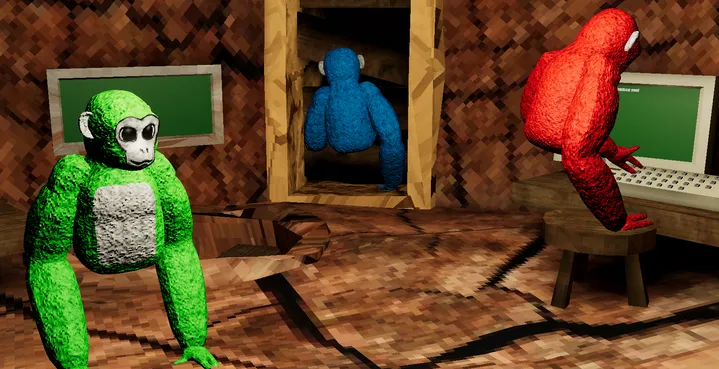
Conflict, Moderation, and Toxicity
With any open social space, conflict is inevitable. Gorilla Tag’s reliance on player-driven norms sometimes leads to toxicity. Arguments, griefing, or exclusionary behavior can sour the experience for newcomers.
The developer responded by adding moderation tools and codes of conduct, but much of the responsibility still falls on players. This tension between freedom and regulation defines the ongoing evolution of Gorilla Tag’s community.
The Importance of Community Hubs Outside the Game
Discord servers, TikTok clips, and YouTube tutorials became extensions of Gorilla Tag’s ecosystem. These hubs not only spread gameplay techniques but also reinforced social identities. Players showcased their movement skills, shared memes, or debated etiquette, further shaping how people approached the in-game culture.
These external communities amplified the game’s growth, making Gorilla Tag less of a standalone title and more of a social phenomenon supported by user-generated content.
Cultural Differences in Global Lobbies
Because Gorilla Tag spans international audiences, cultural differences in behavior often surface in lobbies. Some groups lean toward playful chatter, while others emphasize raw competition. Language barriers sometimes create friction but also opportunities for unique forms of communication through movement and gestures.
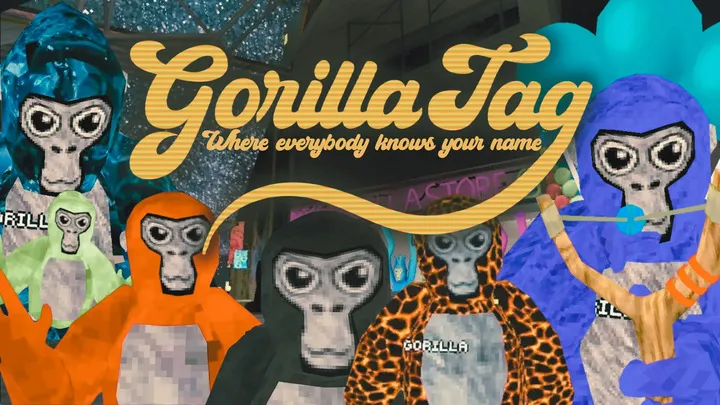
This global blend ensures that no two lobbies feel the same, giving players a sense of discovery with every session.
Gorilla Tag as a Case Study in Digital Sociology
Academics and social scientists have begun examining Gorilla Tag as an emergent example of digital sociology. It demonstrates how unstructured environments encourage creativity but also require communities to build governance systems from the ground up.
The game’s popularity shows that players crave social agency in VR spaces. Gorilla Tag proves that sometimes, the most compelling digital worlds are those left deliberately incomplete, waiting for humans to fill the gaps.
Future of Social Dynamics in Gorilla Tag
Looking ahead, the social evolution of Gorilla Tag will likely deepen. Potential developments include custom maps for roleplay, advanced moderation tools, and esports-style tournaments that formalize its competitive side. Yet the soul of the game will remain rooted in unstructured interaction.
The challenge will be balancing freedom with safety—ensuring that Gorilla Tag remains a playful jungle while avoiding the pitfalls of toxicity that plague open communities.
Conclusion
Gorilla Tag thrives because it hands the keys of creativity and governance to its players. From informal rules to roleplay cultures, from hierarchies to conflicts, the social fabric of Gorilla Tag is its true innovation. It is less about tagging and more about connection—about how people invent meaning, rules, and relationships in digital playgrounds.








